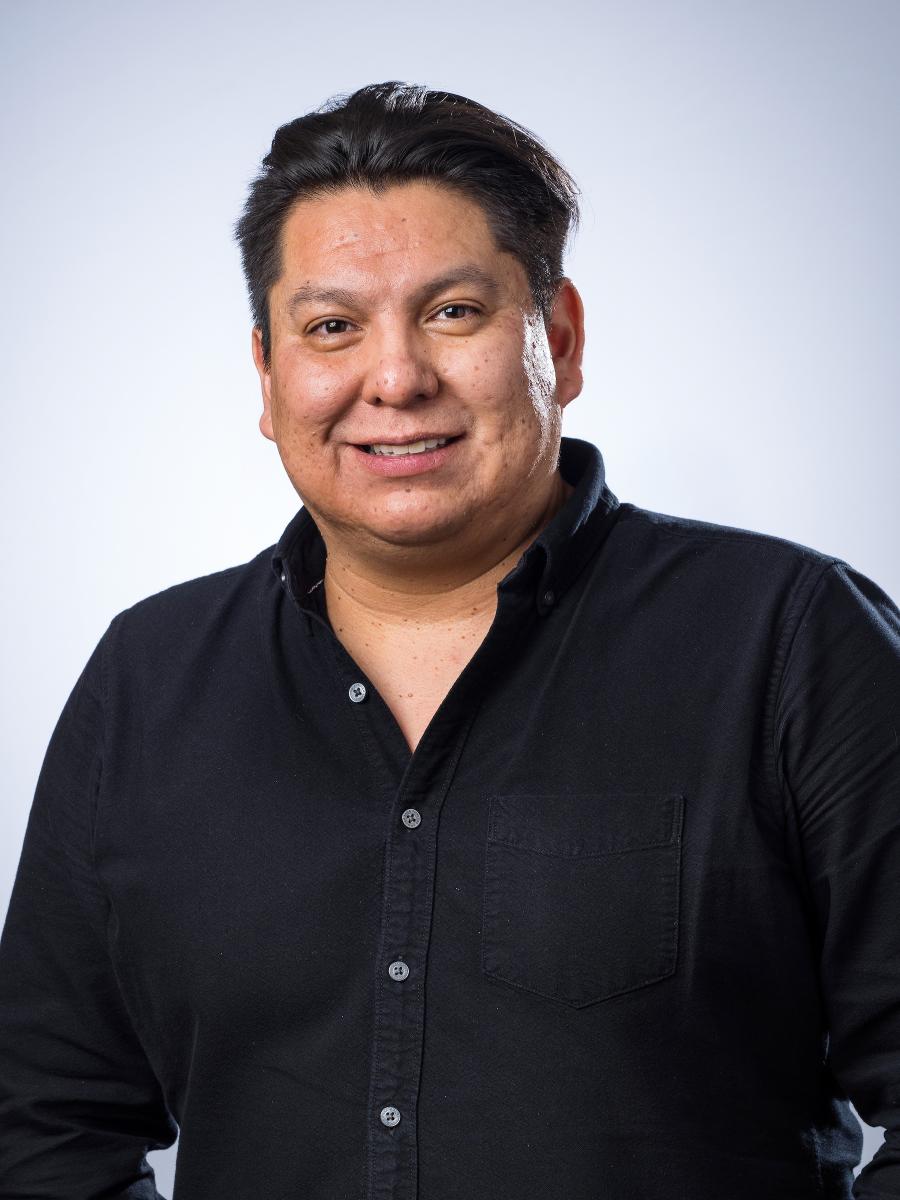Just what is a nonprofit, and what is it like to work for one?
Nonprofit employers account for 12.3 million — approximately one in 12 — jobs in the U.S. These organizations are a driving force in our society, yet not everyone has a clear understanding of what they do, or what “nonprofit” actually means. So if you’re in the job market, what should you know about working for a nonprofit?
“Nonprofit” Explained
Nonprofits are not necessarily charities, and can operate for any number of purposes — social welfare, civic improvement, disease prevention, or any other mission that doesn’t turn a profit. While they do use their funds to cover operating expenses, nonprofits don’t make money for owners or shareholders (nonprofits have boards of directors, but not owners or shareholders).
There’s a Lot to Like About Nonprofit Jobs
According to TIAA’s 2018 Nonprofit Survey, 64 percent of nonprofit employees and 74 percent of managers have worked in the sector for more than six years. Why? More than 75 percent of people working for nonprofits say they choose to work at their organizations — and stay — because they’re committed to making a difference in people’s lives. The same survey found that the majority of employees (61 percent) and managers (73 percent) consider the work both challenging and rewarding.
The most popular nonprofits earn high scores from employees on a number of fronts. In the annual list of Best Nonprofits to Work For compiled by The NonProfit Times, top-50 organizations such as the Wounded Warrior Project, the Alzheimer’s Association, and the Better Business Bureau scored an average of 90 percent in six of seven categories. The results were based on employee feedback about leadership and planning, culture and communications, pay and benefits, training and development, role satisfaction, and work environment.
A Couple of Myths Dispelled
A common assumption is that nonprofit jobs are low-paying. The reality is that nonprofit salaries can vary significantly, as documented by online resources such as Glassdoor. While you may find that many organizations do not pay as much as private-sector or government employers, some offer very competitive benefits. Nonprofit compensation packages can include medical and dental plans, tuition reimbursement, sabbaticals, retirement plans, short- and long-term disability, life insurance, ample vacation time, and bonuses.
Another myth is that a nonprofit job is likely a short-term career step, rather than a career path. Not so. Many nonprofit employers put a premium on career development, and can offer newer employees opportunities for emerging leadership roles. By all accounts, there is a very real possibility for longevity in a satisfying career if you find your nonprofit match. Indeed, a third of the employees and managers surveyed by TIAA reported working in the nonprofit sector for more than 15 years.
What Else You Should Know
For STEM majors working at a nonprofit, there can be opportunities to round out skill sets and establish strong habits while collaborating to achieve a common goal. Even if you think of yourself as a scientist or STEM geek, you could find the right nonprofit niche. “For those interested in this career path, the good news is that some skills acquired in academe can translate into nonprofits,” advises AISES friend Adriana Bankston, former associate director of fundraising and strategic initiatives at the Future of Research. As she wrote in a recent article for Inside Higher Ed, “For those who want to pursue the nonprofit career path, I would advise that you take advantage of every opportunity that comes your way to learn new skills beyond the bench.”
In addition, some nonprofit employees qualify for Public Service Loan Forgiveness (PSLF). According to the U.S. Department of Education’s PSLF guidelines, remaining balances on William D. Ford Federal Direct Loans may be forgiven under certain circumstances. To be eligible, you must work full time for a qualifying nonprofit organization, meet other criteria, and make payments for 120 months as part of an approved plan. There’s a help tool that explains more about how the program works.
Recommended Homework
Experts urge doing your homework about a potential nonprofit employer. “Make sure you really understand and identify with the mission,” suggests Caliopy Glaros, founder of and principal consultant for Philanthropy Without Borders. You have many options for learning more about an organization, from networking to reading online posts and reviewing annual reports.
If you decide to pursue a nonprofit job, be sure your application materials reflect your genuine interest. “In a competitive job market many nonprofits will want to see some evidence of your passion for their mission,” says Glaros. “The more specific you can be in articulating your interest in that organization and mission, the better chances you have of being selected for an interview.”
The Bottom Line
There’s a lot to consider on this topic, and the best answer for one career may not be the answer for another. Before you rule out — or in — the possibility of nonprofit employment, consider the pros and cons from your unique perspective. Job number one is making the next career step that works for you.

Darrick Silversmith, Navajo (Diné), is a program assistant for program initiatives at the American Indian College Fund. Born in Denver, he received a bachelor’s degree in political science from Metropolitan State University of Denver. His involvement with AISES includes serving as a chaperone supporting Native undergraduate and high school students at several AISES National Conferences, including those in Denver (2013 and 2017), Orlando, Fla. (2014), and Phoenix (2015). Here Silversmith describes his experience working for a nonprofit and offers tips for anyone who might be considering entering the nonprofit world.
What is your experience in the nonprofit sector?
I joined the American Indian College Fund as a front-desk administrator, was recruited by Resource Development to assist with soliciting donations, and then moved to Student Success Services to work with Native students as a program coordinator. There I administered student support services and scholarship program components in addition to aiding student engagement activities, helping with donor educational events, and supporting student ambassadors. In 2015, I was recruited to work for Denver Public Schools in the Native American Student Support Program, where I integrated culturally responsive outreach and community engagement to support 45 American Indian students at three Denver metro-area high schools with retention, graduation, and college/career preparation. Currently, I help support the College Fund’s efforts with its General Education Diploma/High School Equivalency initiative.
What drew you to that type of work?
I grew up in Colorado as a result of the urban relocation programs in the 1950s. My family planted roots in the city and eventually helped other Native families become established in their new urban surroundings, whether their stay was long term or temporary. Seeing this as a child taught me the definition of community and responsibility to support each other as Native peoples.
As a first-generation college graduate, I wanted to use my education to help Native communities, and as a young Native professional working at the American Indian College Fund, I gained professional experience and helped Native students nationwide. The College Fund nurtured my interest and eventual calling to work in the education field. I have been honored and fortunate to support/mentor tribal college and university students and to go on to eventually work with urban Native youth with Denver Public Schools.
Have you found that certain personality types are better suited for nonprofit employment?
There are many types of personalities in the nonprofit world, everything from the shy person answering the phone (which I did) to the outspoken, sometimes overconfident development officer whose suave persona will ensure a multi-thousand-dollar grant for scholarships or programing benefiting Native students, budding professionals, and communities. Everyone has gifts, and when those gifts are recognized, groomed, and appreciated, the work and the organization become a powerful force building a momentum that cannot be contained. This organic energy changes communities and lives.
Is there anything you wish you could change about the nonprofit world, or myths you’d like to dispel?
Indian Country is small, especially in competing for funding opportunities or bragging rights. As Native professionals and organizations, we need to work together, collaborate, and professionally support each other, because our end goal remains the same: helping Native people and tribal communities.
What tips do you have for individuals who want to pursue a position with a nonprofit?
Find work or an employer whose mission aligns with your passion. Often you may not get the position you necessarily applied for. Years ago, as a newly minted college graduate, I began my career at the College Fund answering phones. The position was lowly, yes, but it allowed me to learn about the organization, create professional relationships, and shine in a way that made me desirable in other departments. Within months, I moved from the front desk to Resource Development, and then to Student Support, and now Special Programs.
Be patient and know what your career goals are. For example, my career goals were to establish a professional career, create a professional name for myself, and reach my college degree salary cap. Other tips I would suggest are to take time for yourself through self-care and realize when you need to move on (if that day should come), because as a professional you need to continue to grow.
What are your current career goals?
I am making the transition from career to graduate studies in research and evaluation methods, which will serve as a base for a PhD program. I hope to apply research methodology and data collection to the study of urban Indians and educational systems. My overall hope is that the research and data will advance and drive educational policy (at the district, state, and federal levels) to close the educational gap and increase degree attainment for American Indian students and families.














